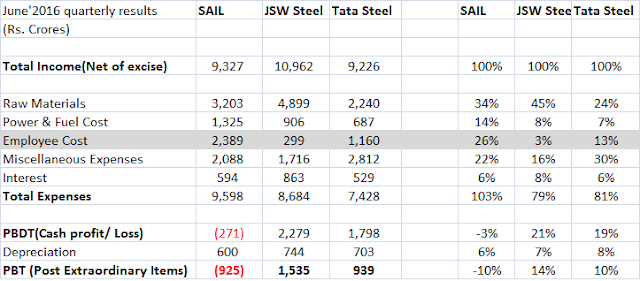'Many Victors & None Vanquished' The tale of Housing Finance
It's rare to find a sector where there have been no failures. Oddly, it's not the traditional safe havens of pharma or FMCG rather the risky business of lending that has thrown up a niche in India where every listed player has tasted success. The chart below encapsulates the phenomenal run on every metric :-
The space defies all the classic text book rationale which is required for a good business :-
1) It's hyper competitive - 93 commercial Banks + 66 Active HFC's (18 have permission to raise public deposits) besides the unorganized market.
2) It's price sensitive - the borrower has very low affinity to the lender & will choose the one offering the best deal. He can also switch at any stage after taking the loan & prepay as well.
3) It's low margin - the spreads are wafer thin, loans are available at almost the same rate at which one can park money in a long term FD.
4) It's levered - Well it's lending so it is levered & thus that extra bit of risk. NPA's can destroy not just the company but can destabilize the country ( Think Subprime, this was the sector)
So much for textbooks, let's delve deeper into reality.
=> average 3 year ROE for the space is at 21%
=> average 5 Year profit growth is at 20%
=> sectoral gross NPA is at 0.75% (Includes banks & unlisted HFC's)
=> average 3 year returns are at 42% CAGR
The beauty of housing finance is four fold :-
1) It taps into the customer's purchasing power for 20 years making the ticket size large.
2) In most businesses no incremental business means zero sales for that financial year. Last year's business counts for nothing.
In housing finance, zero incremental business will still imply earnings of close to the previous year & incremental business is growth. The business is annuity like in nature as loans are given for 20 yrs.
3) A house/flat is easier to change hands versus a project/business. There is no concept of moratorium thus in the first 5 years he has paid 50% of the house value as upfront & EMI's combined. Any default seems like a capital erosion of 50% to the borrower albeit becoming a cushion for the lender.
4) Total outstanding housing credit over all these years is less than 9% of this year's GDP. Moreover HFC's have steadily gained market share from banks moving from 25% in 2006 to almost 40% in 2016. Demand outstrips supply & HFC's have capital adequacy which banks are lacking.
We are traditionally not sector investors but this space takes up 20% in our portfolio with Canfin Homes alone being 12%. We have a slight biased towards valuation while building positions & in this space the valuation gap is covered quite aggressively thus Dewan among the lot appeals the most.
One can't end without mentioning Subprime. America has taught the world many lessons. In this space, it's largely what not to do - Financing multiple homes, staggering EMI's & synthetic structures can lead to a contagion. India being slow in embracing new age financing techniques has been a boon for home finance & has kept it insulated from aggressive(read: crazy) instruments/ practices. Any signs of that changing then indeed there shall be a Home Run.



Excellent article maan, Chilax (Founder:Midcapmantra)
ReplyDeleteGlad you enjoyed !
DeleteGreat Article.Where do you normally write or post?
ReplyDeleteThanks. Only here.
DeleteThis comment has been removed by a blog administrator.
ReplyDelete